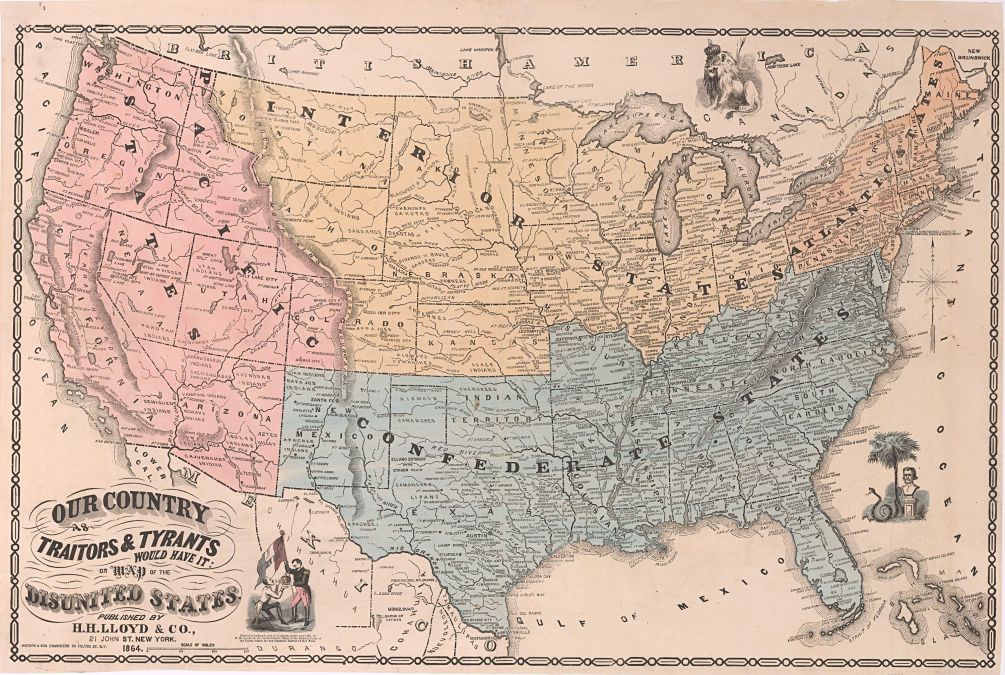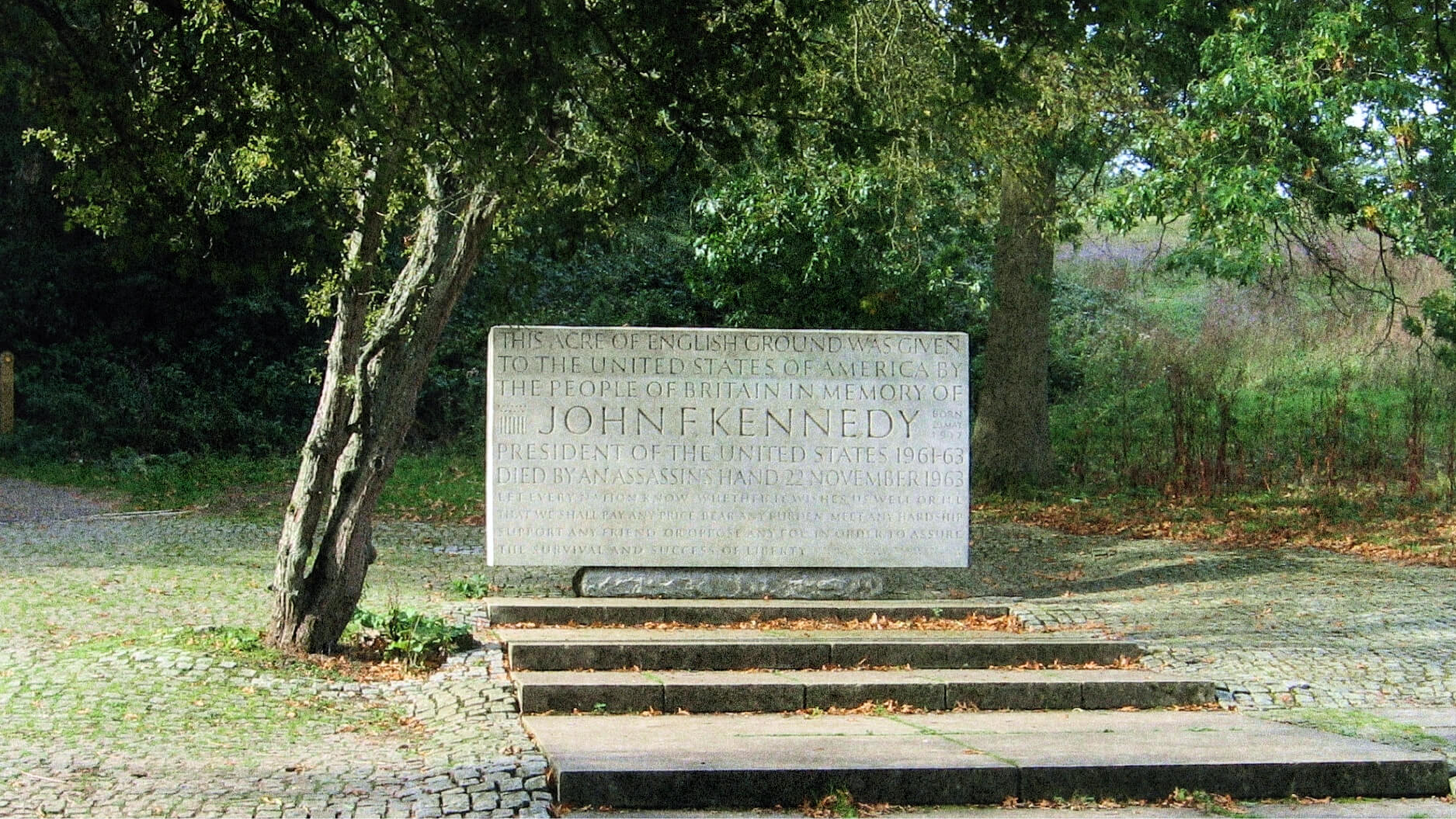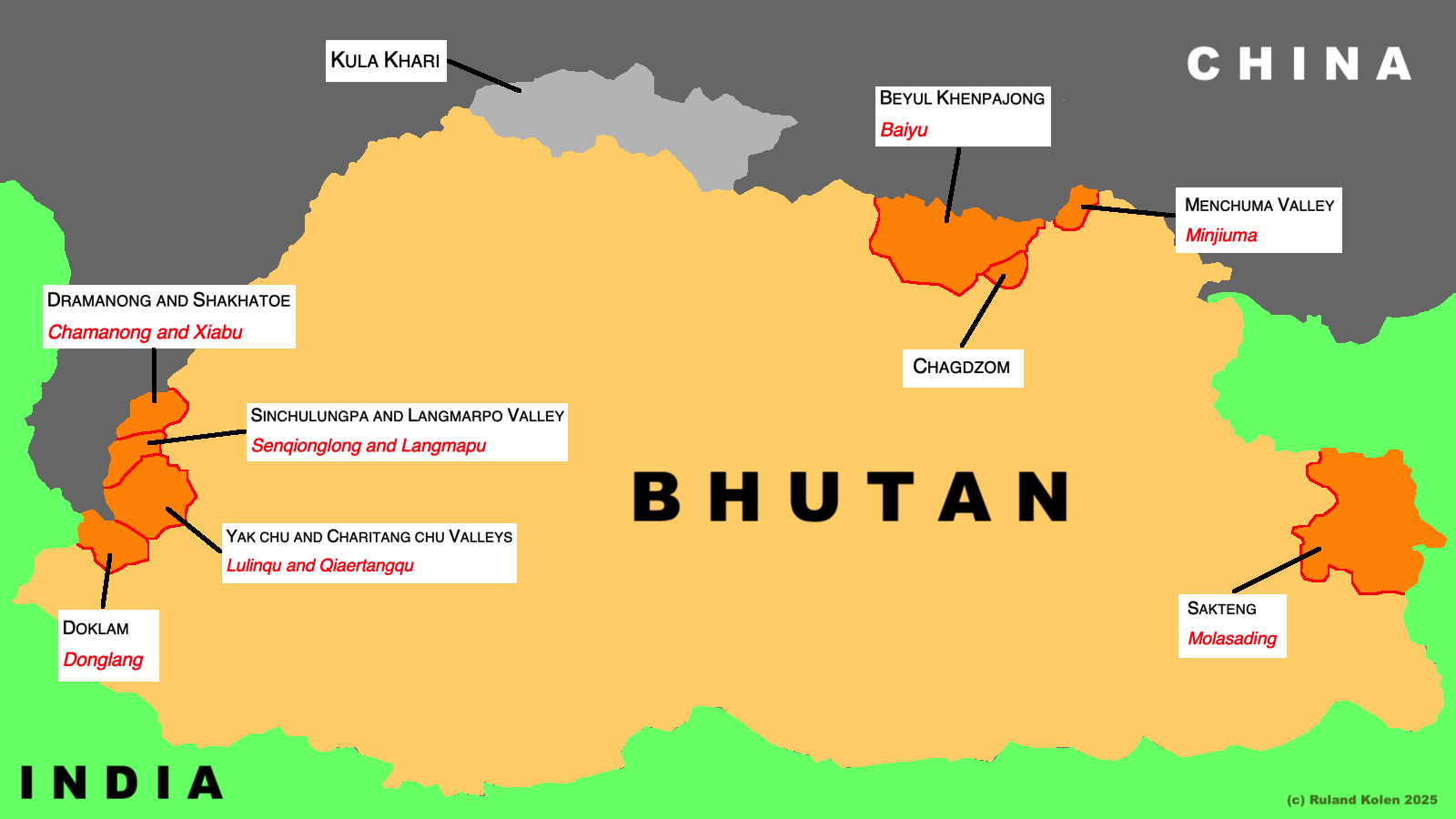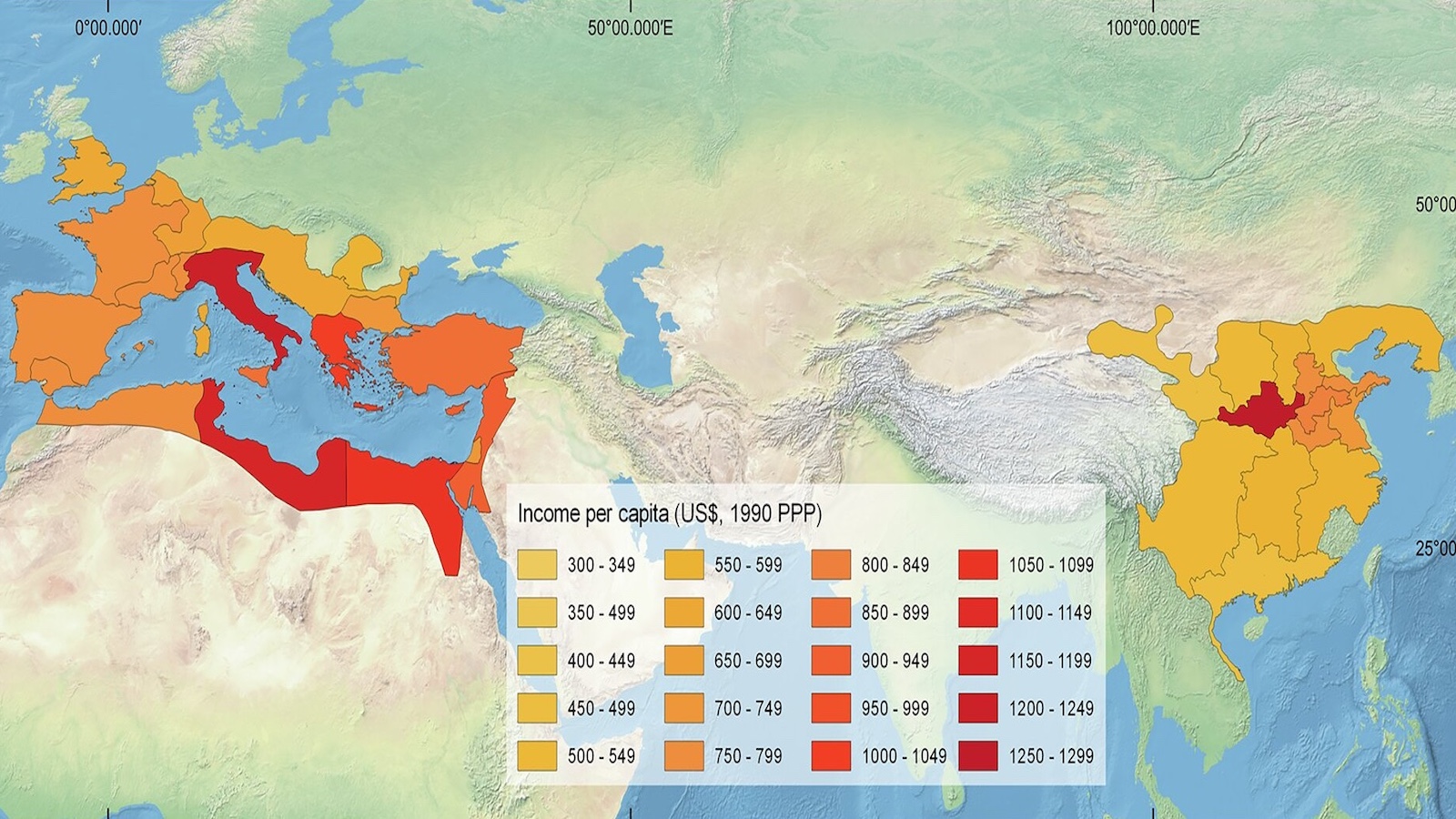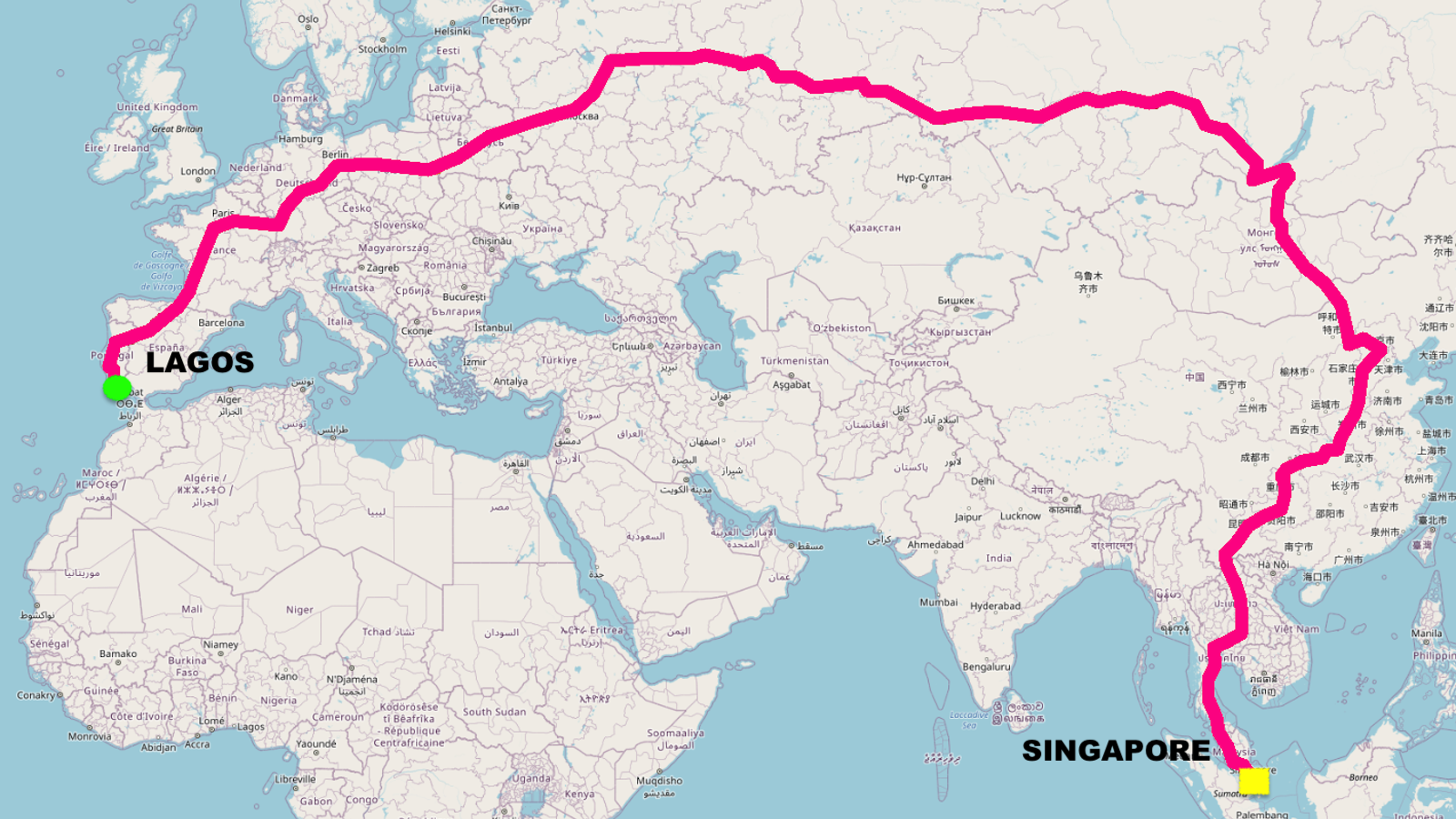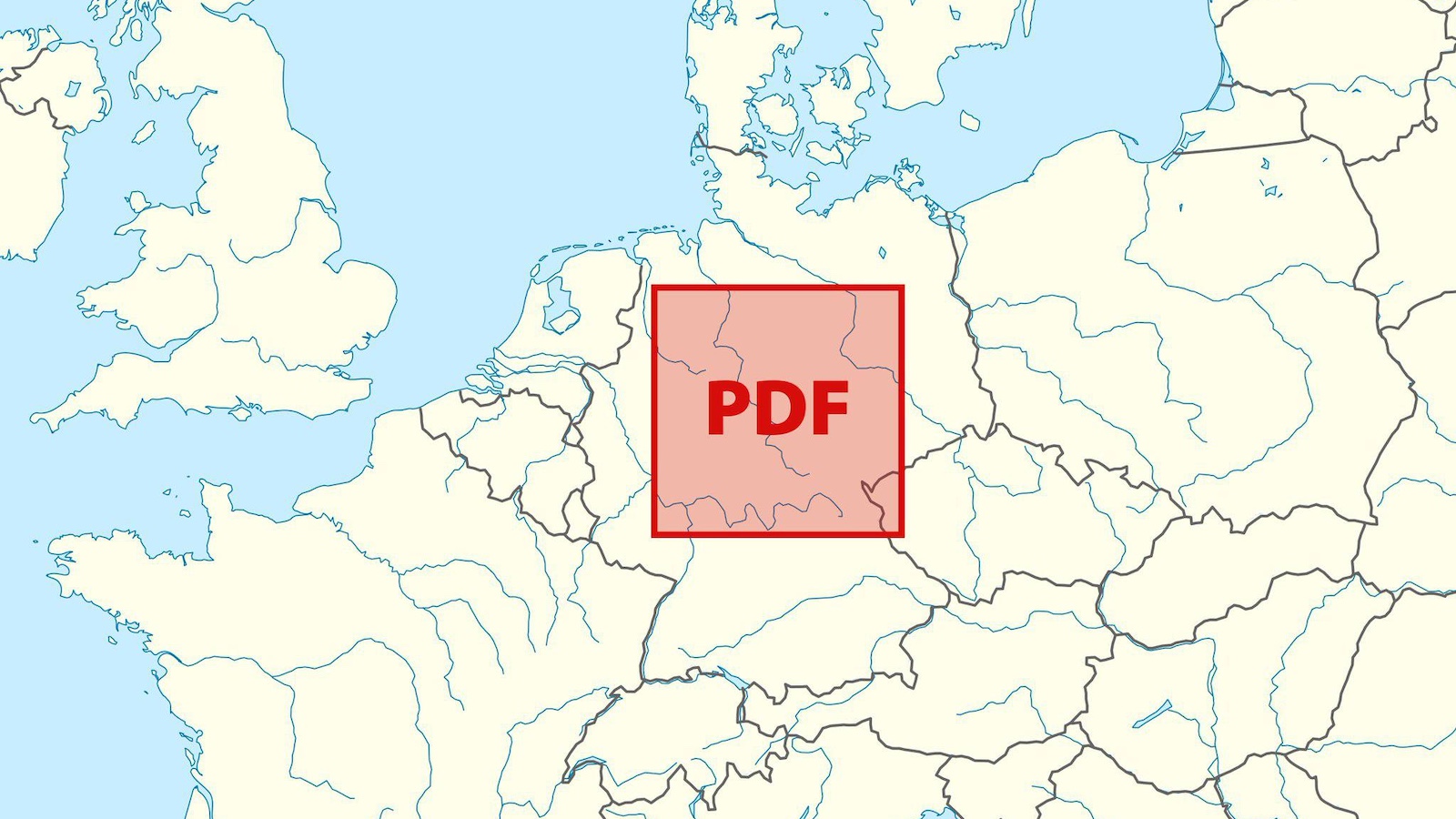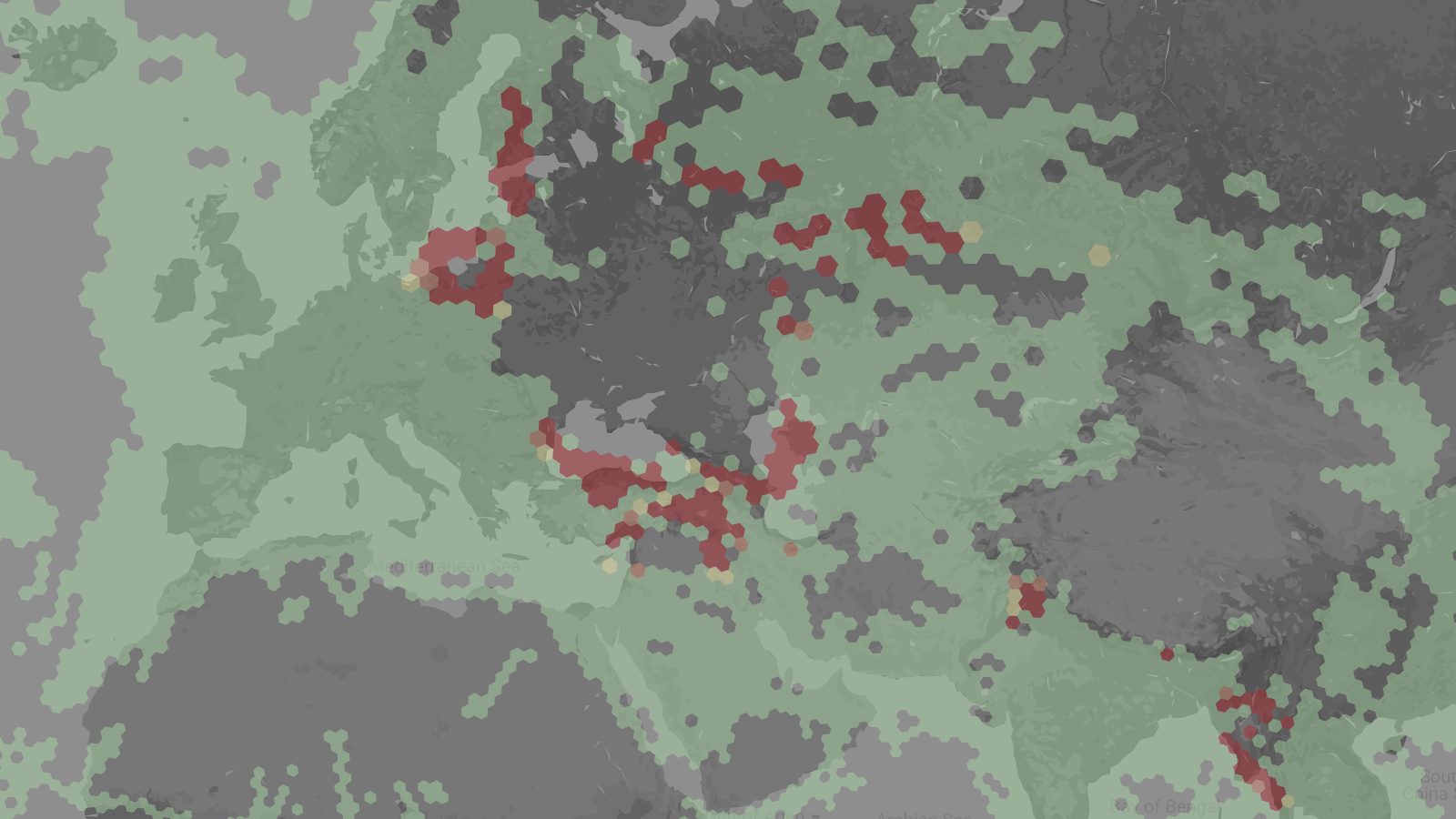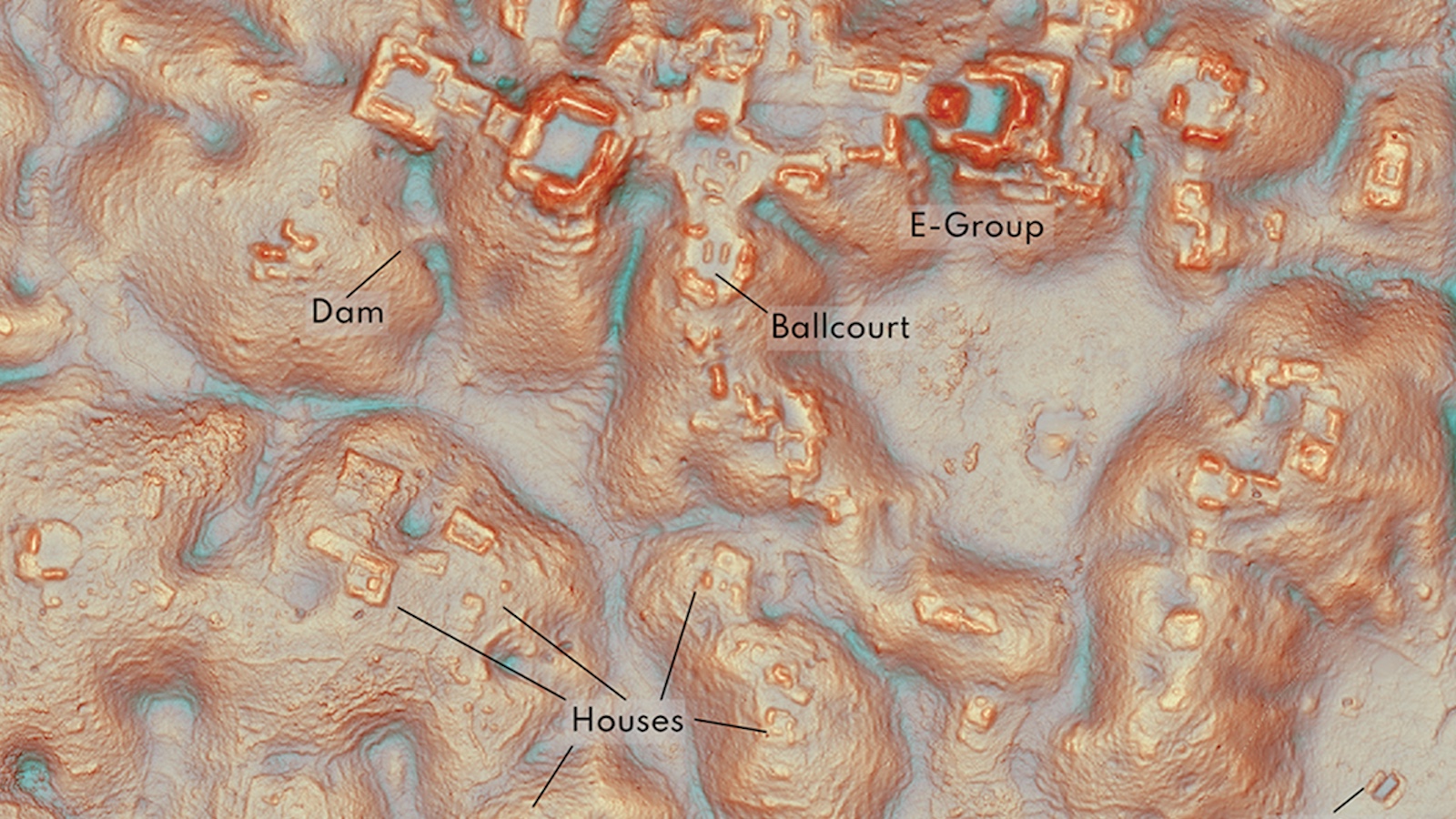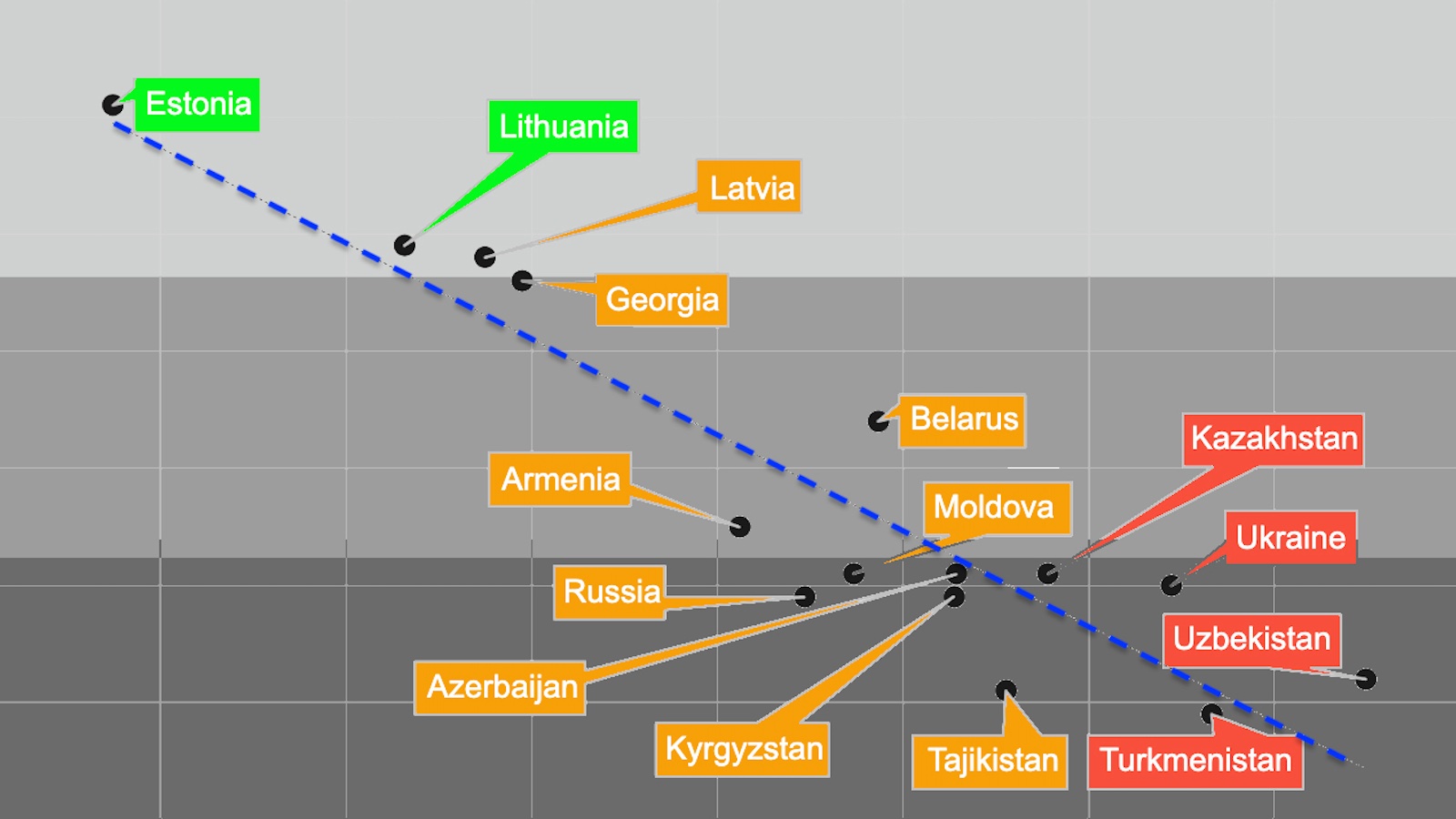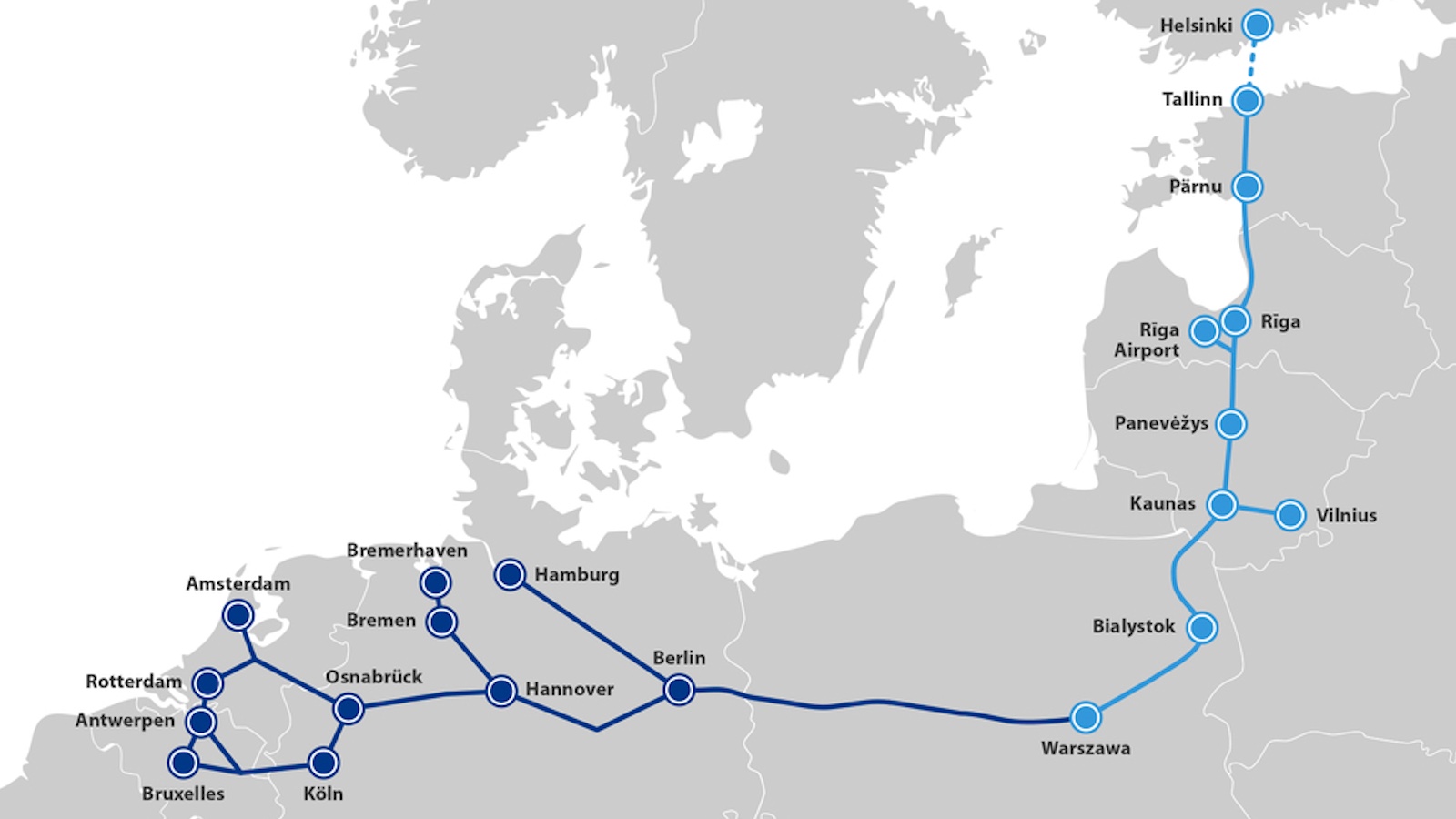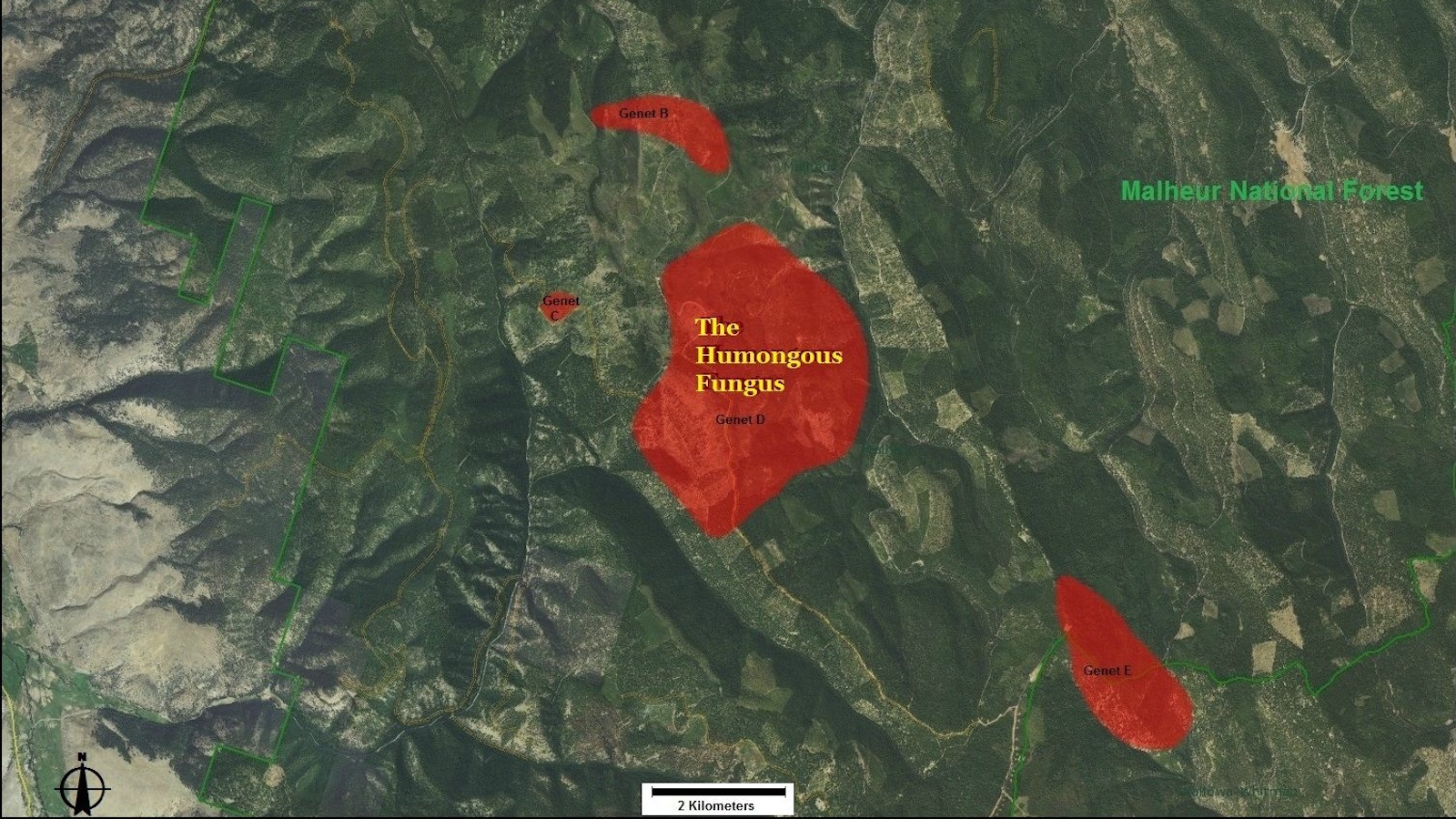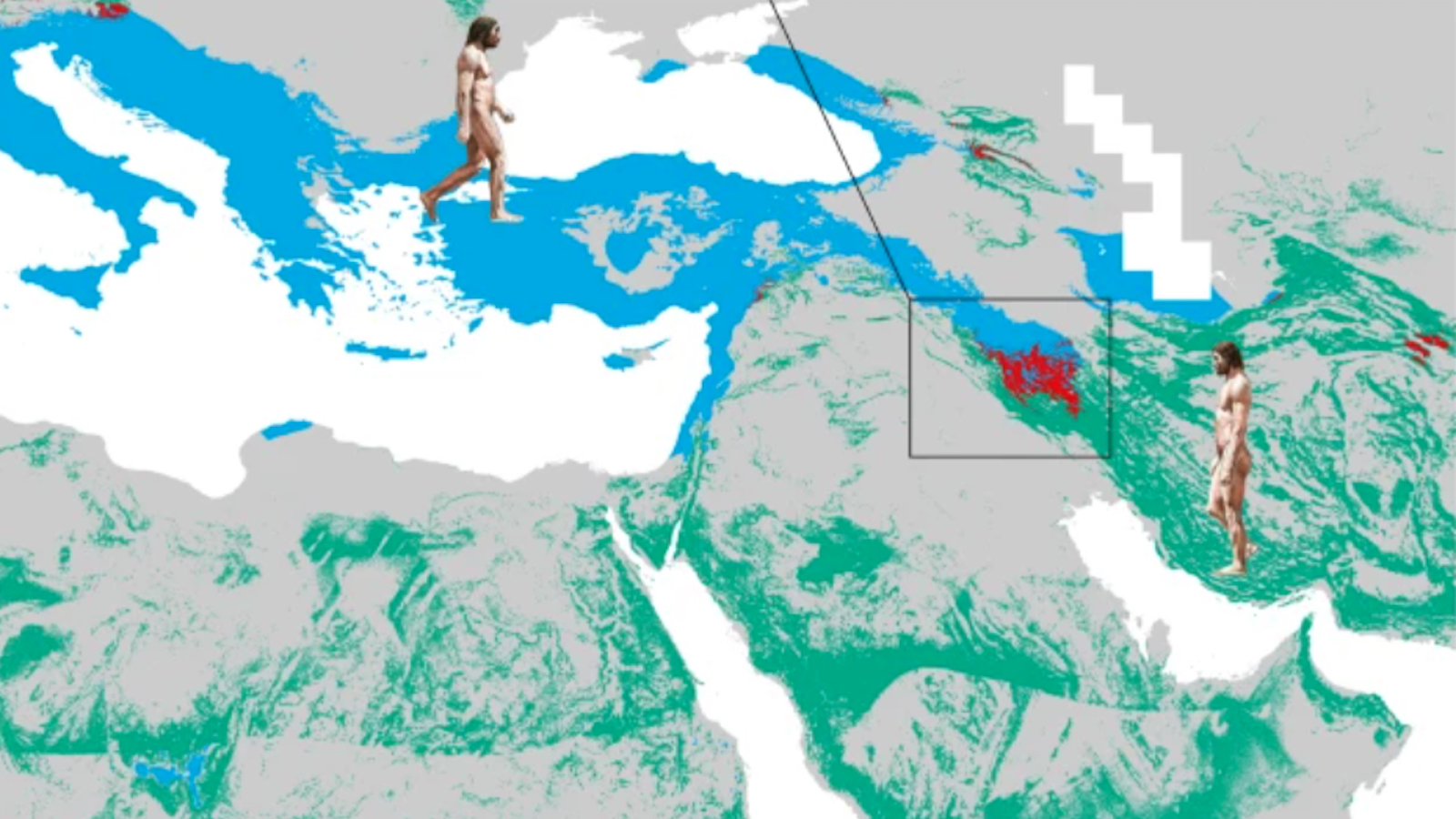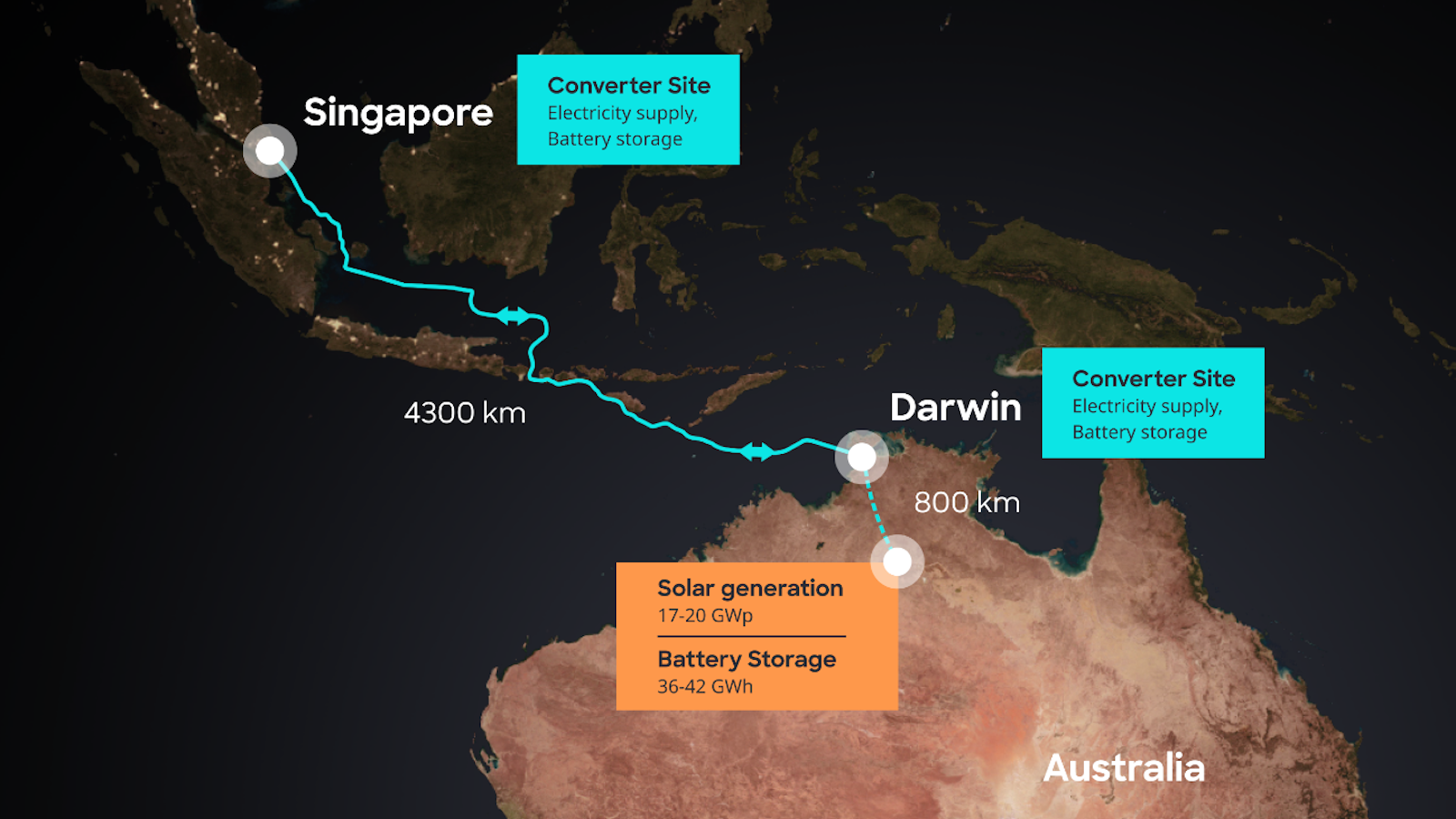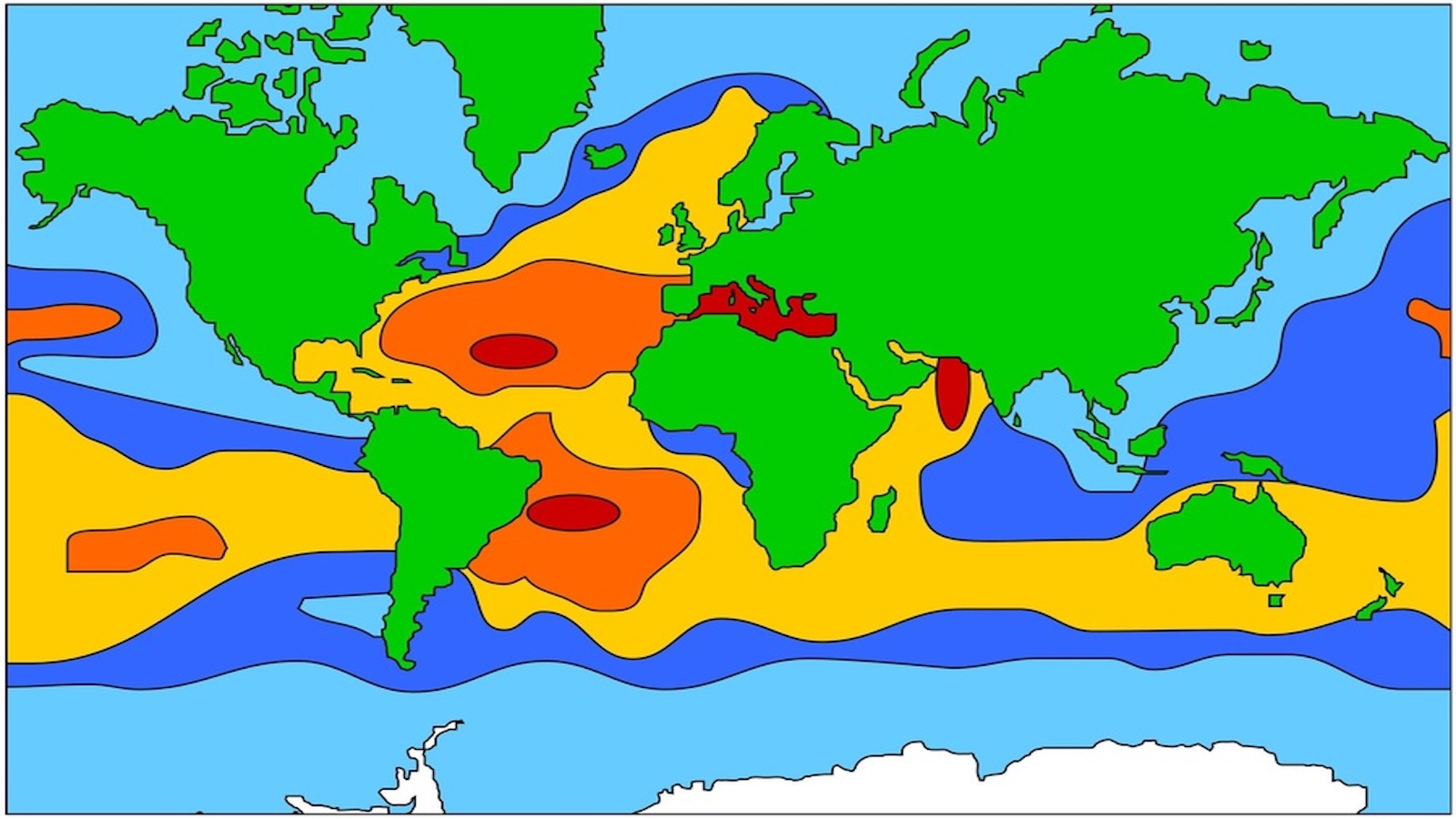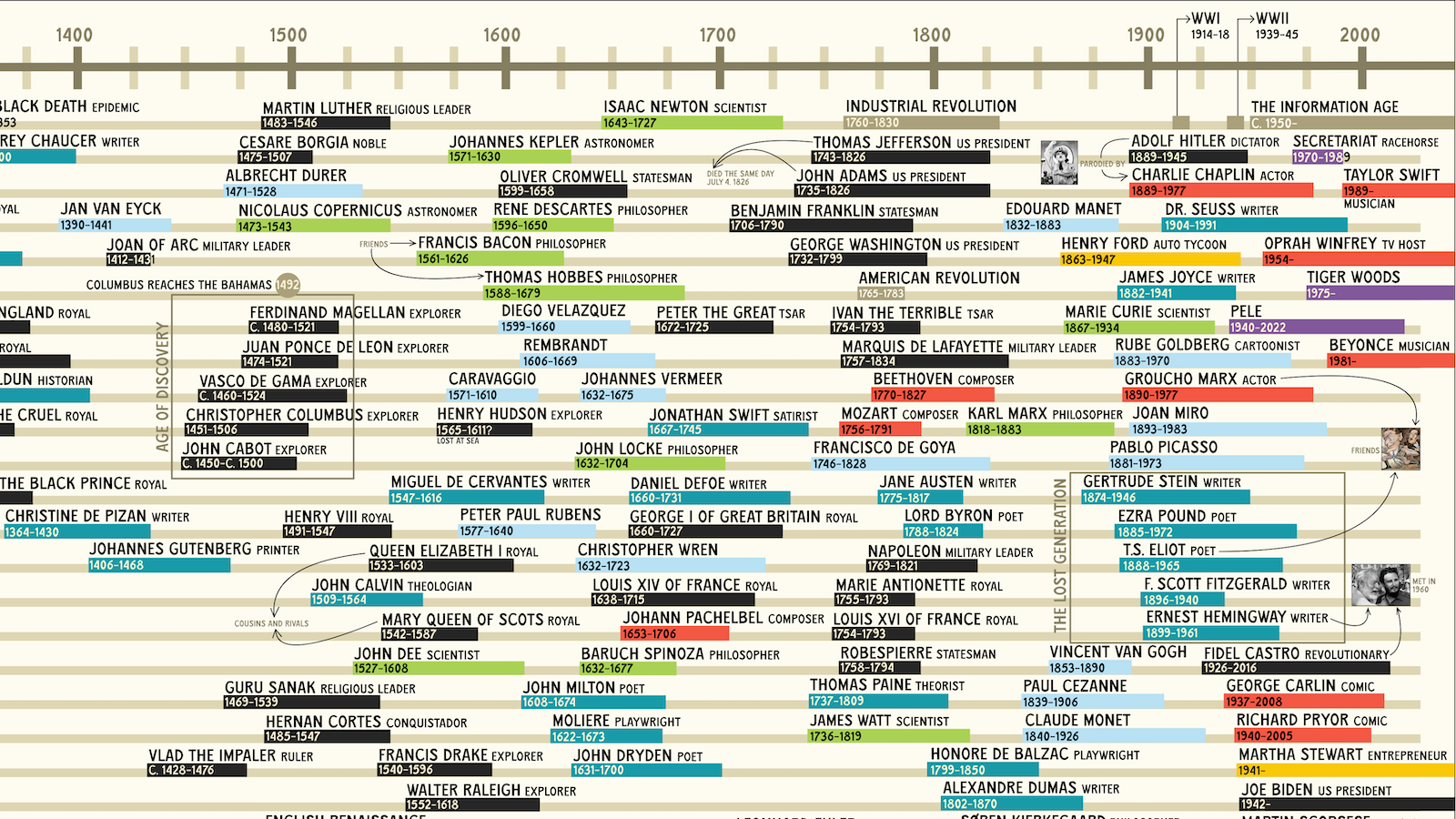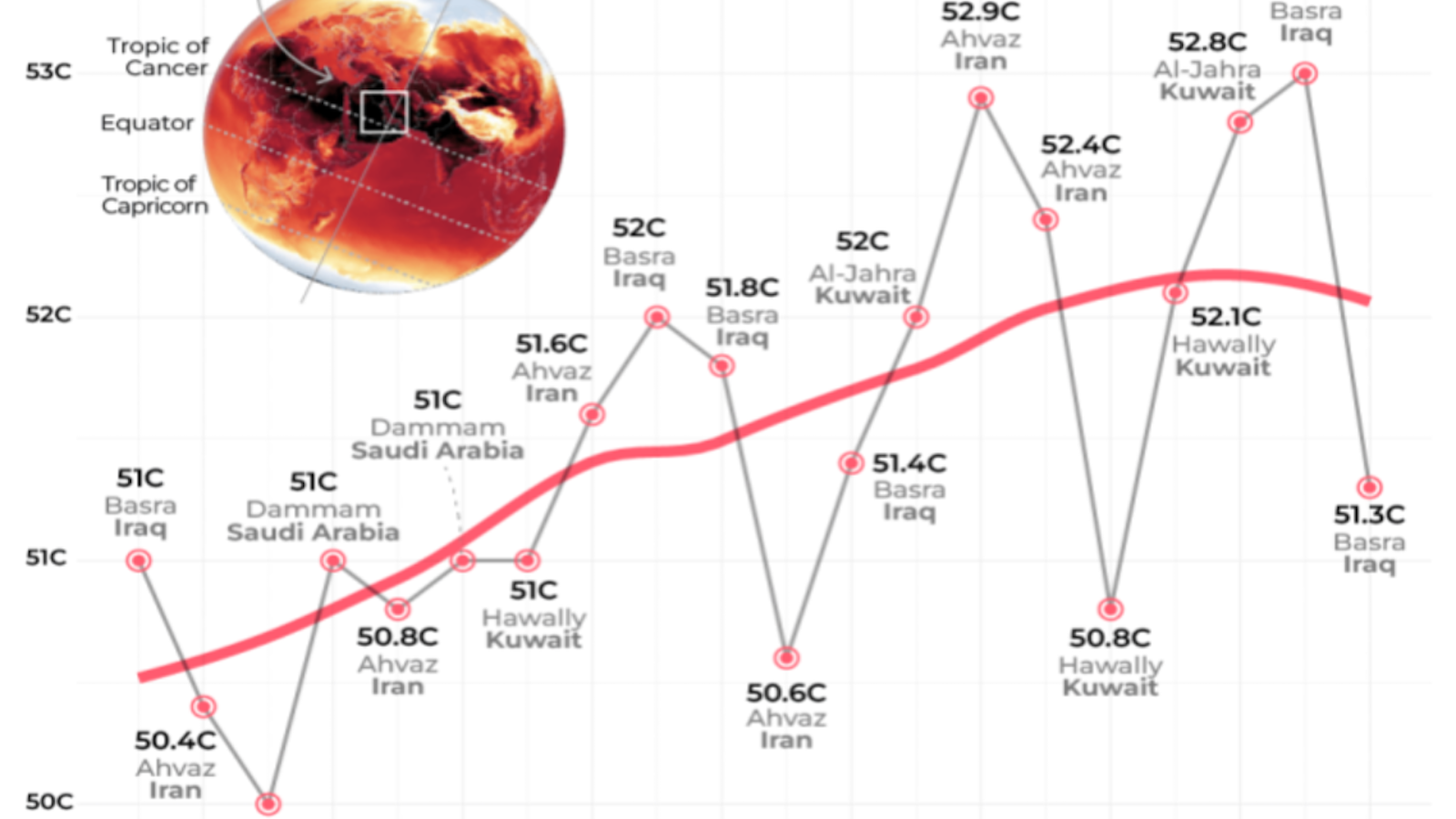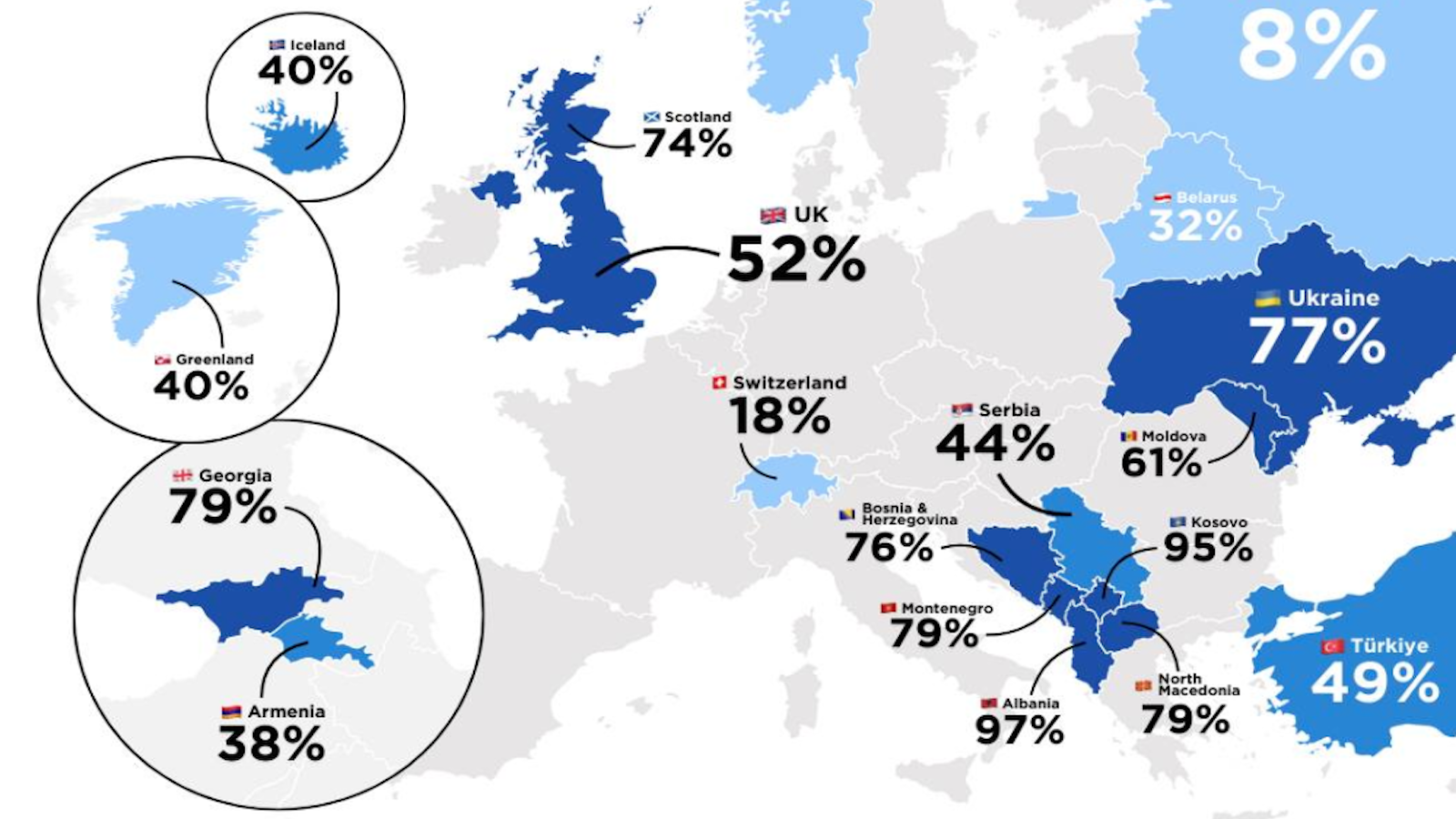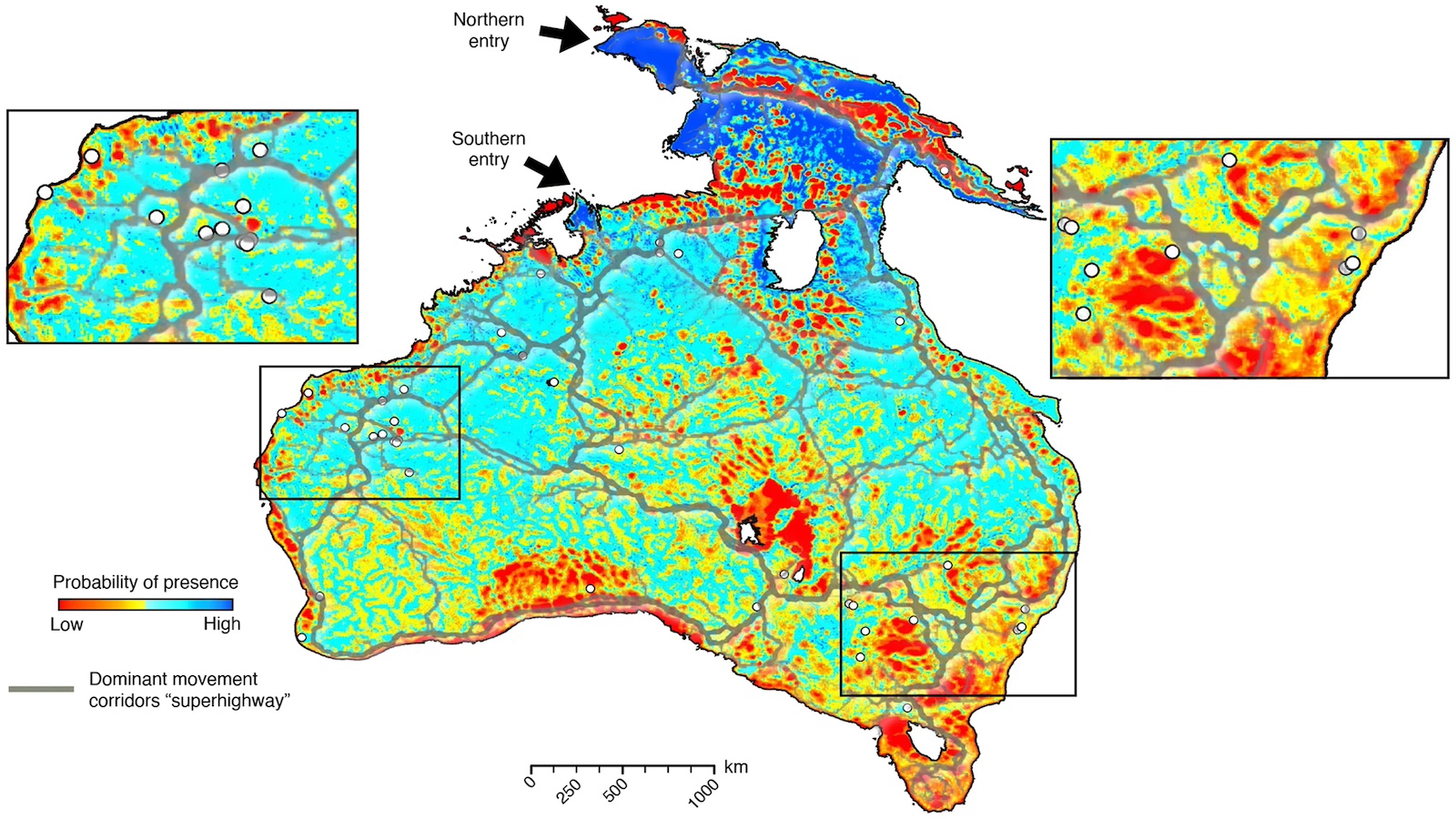Strange Maps
A special series by Frank Jacobs.
Frank has been writing about strange maps since 2006, published a book on the subject in 2009 and joined Big Think in 2010. Readers send in new material daily, and he keeps bumping in to cartography that is delightfully obscure, amazingly beautiful, shockingly partisan, and more. "Each map tells a story, but the stories told by your standard atlas for school or reference are limited and literal: they show only the most practical side of the world, its geography and its political divisions. Strange Maps aims to collect and comment on maps that do everything but that - maps that show the world from a different angle."
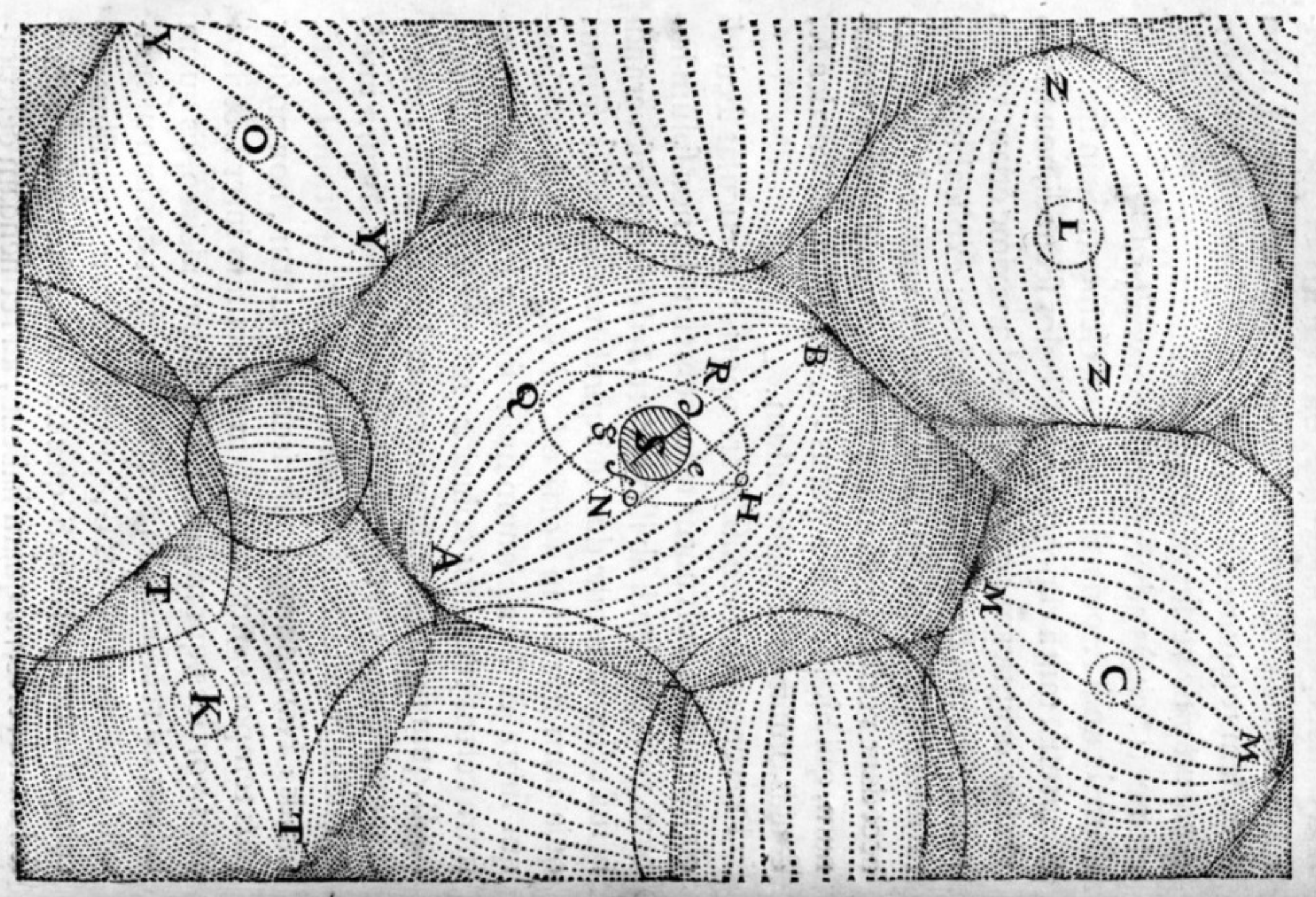
featured
All Stories
“Climate analog mapping” finds the place that is currently as warm as your city might be in 60 years.
The JFK Memorial at Runnymede provides a link between America’s and Britain’s founding documents.
After more than a million years of separation, two branches of humanity reunited around 300,000 years ago, suggests new research.
As Beijing encroaches on the territory of the Himalayan kingdom, its ultimate aim is leverage over India.
A comparison of wealth gaps in ancient empires reveals stark differences and lasting consequences.
Can you travel by rail from Portugal all the way to Singapore? In theory, yes. In practice? Not so much.
Common knowledge says the maximum size of a PDF is as big as 40% of Germany — but that’s a gross underestimate.
A study on the “moral circles” of liberals and conservatives gets drafted into the culture wars — with mixed results.
“Gyroscope-on-a-chip” technology could soon enable us to navigate over long distances without GPS.
“It’s only natural for us to get America back,” quipped Kim Kielsen, former prime minister of Greenland, in 2019.
The Roman Empire at one point emitted roughly 3,600 tons of lead dust per year, causing “widespread cognitive decline.”
Dubbed “Valeriana” by researchers, the city of 50,000 peaked around 800 AD before being swallowed by the jungle.
In 1900, the UK clearly was the richest country in Europe. That’s no longer the case.
In 8,000-mile journey, a male humpback ditches Colombia for Tanzania — however, scientists don’t know why he made the trip.
In post-Soviet nations where ministers have a relatively high BMI, corruption tends to be high, too.
A new railway will switch the Baltic region’s train gauge from Soviet to standard European — a megaproject with political, economic, and military dimensions.
A member of a species that kills trees, this mushroom is not the first to be called the Humongous Fungus — and perhaps not the last.
In 1980, Willy Brandt drew a line across the map that still influences how we think about the world.
Great tidal ranges are relatively rare on a global scale — and can be very deadly to the unsuspecting foreshore walker.
The Sovereign State of the Bektashi Order would be just one quarter the size of Vatican City.
Early modern humans interbred with Neanderthals — and scientists recently pinpointed a key site of contact.
Australia’s AAPowerLink boasts three global superlatives: largest solar farm, largest battery, and longest power cable.
The hidden story behind Greek surnames and how they trace family origins across the country — starting with the name of a would-be U.S. president.
The salinity of the oceans is not just a matter of taste. Saltier water behaves differently, too.
“The Big Map of Who Lived When” plots the lifespans of historical figures — from Eminem all the way back to Genghis Khan.
You could call this rectangle covering parts of Iran, Iraq, and the Arabian Peninsula the “Oven Window.”
Absence makes the heart (and public opinion) grow fonder.
How has tennis changed in recent decades? The wear and tear on Wimbledon’s Centre Court may tell the tale.
19 rooms. 1,636 square feet. 1,800 years of history.
A new method of mapping migration factors in erratic movements and changing climate.
